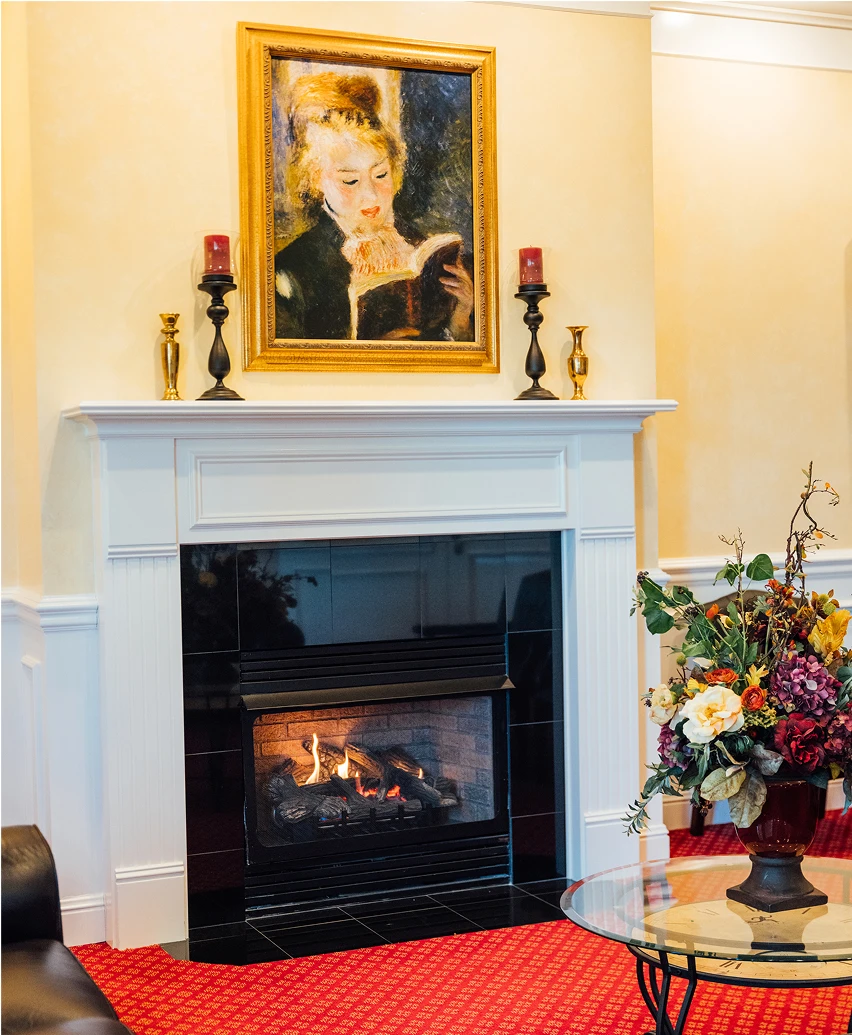What is a Chemical Peel?
Chemical peels resurface the skin by applying an acidic solution. They promote the growth of a new, healthy layer of skin and stimulate the production of collagen and elastin. This treatment addresses enlarged pores, hyperpigmentation, fine lines and wrinkles, and uneven texture. Various types of peels target varying depths of the skin.
- Light Peel: The weakest peel is the Asight Chemical Peel, a light chemical peel. This type of peel eliminates uneven pigmentation, dryness, acne, and fine lines by targeting the outer layers of the skin.
- Medium Peel: This peel is stronger than the light peel and penetrates deeper, extending beyond the top layer of the skin to the dermis. It is chosen by those who are not sensitive to the penetration of an acidic solution.
- Deep Peel: The strongest chemical peel is a deep peel. It requires the use of a local anesthetic and a six-to eight-week pretreatment with prescription-grade Vitamin A to thin the skin’s surface layer and improve the chemical’s penetration. Deep peels are chosen by clients who want to eliminate deeper facial wrinkles, sun spots, scars, blotches, or even pre-cancerous growths.



